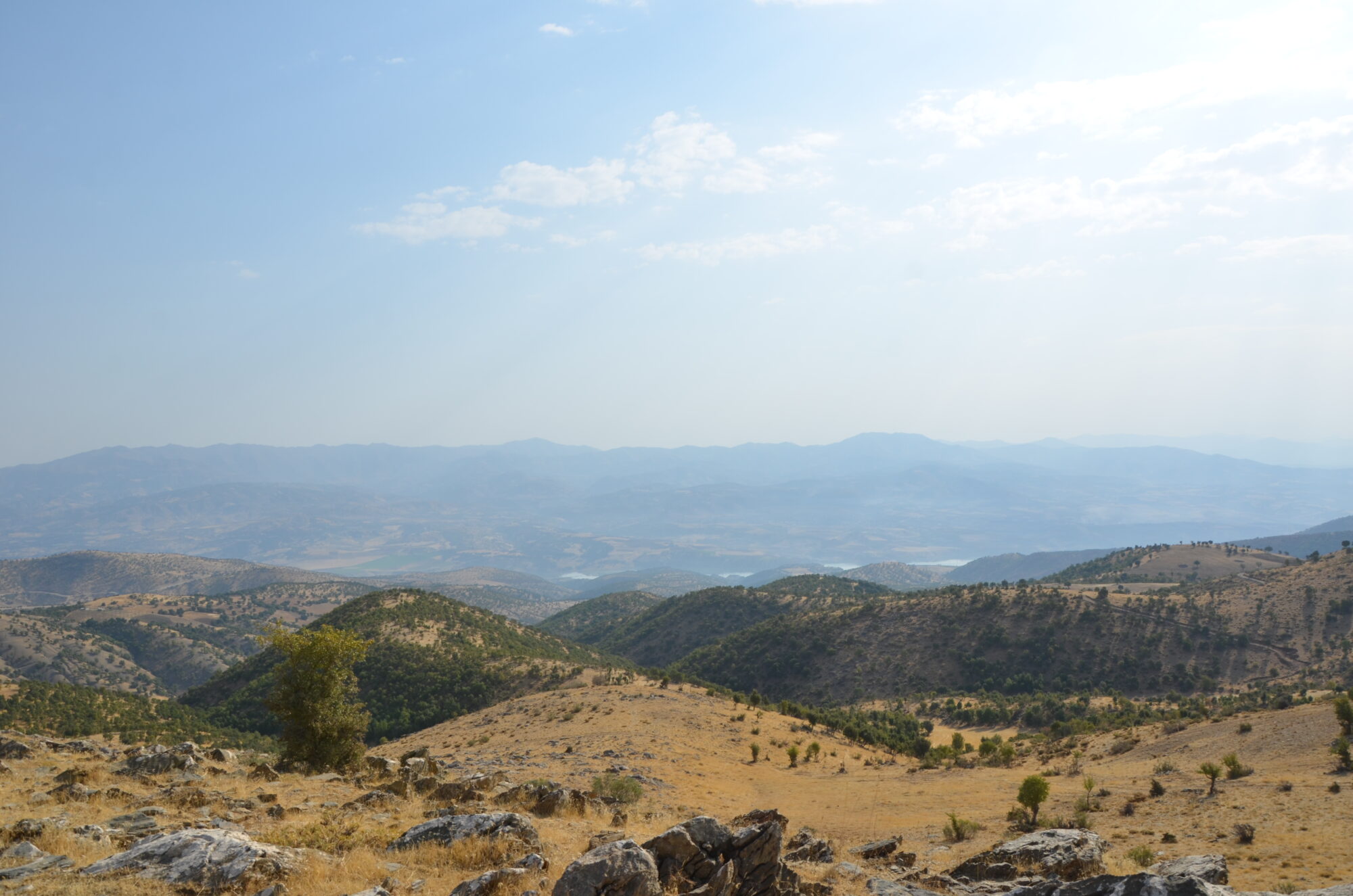.
Resilience of Iron Age Communities on the Eastern Flank of the Zagros Mountains’ Chaîne Magistale in the context of the Assyrian Expansion towards the Western Iranian Highlands
The aim of the project is to conduct basic research in the field of socio-political formation, organisation and transformation of Iron Age (ca. 1250-600 BC) communities in the central Zagros highlands of the modern provinces of Western Azerbaijan and Kurdistan in north-western Iran. For this purpose, data collected and documented in four archaeological surveys between 2017 and 2021 will be analysed. From Assyrian texts, we can only draw vague conclusions about the political structure. The Mannaeans controlled an area from the south of Lake Urmia to the modern city of Sanadaj, where the Assyrian province of Parsua was established. To the north, the powerful state of Urartu exercised power over what is now north-western Iran from south-eastern Anatolia. Between Urartu and Assyria, the kingdom of Ḫubuškia at times paid tribute to the Assyrian Empire, thus forming a buffer zone against Mannaea and Urartu. At the end of the 7th century BC, a population group represented in the Iranian highlands, the Medes, played a prominent role in the fall of the Assyrian Empire. The survey data under study come from regions which took different historical developments. While the communities in the northern areas retained a vassal status, the southern areas were integrated into the Assyrian Empire. Taking into account Parker’s model of the ‘mechanics of empire’, which he developed on the basis of survey data in the northern frontier zones of Assyria, this project will examine the eastern border for archaeological signatures that one would expect to find in areas of vassal states or within a region that was integrated into the Assyrian empire and henceforth came under imperial territorial control. Particular attention will be paid to the question of how resilient the communities of the Zagros Mountains were under Assyrian pressure at the eastern frontier in the Zagros Highlands.

